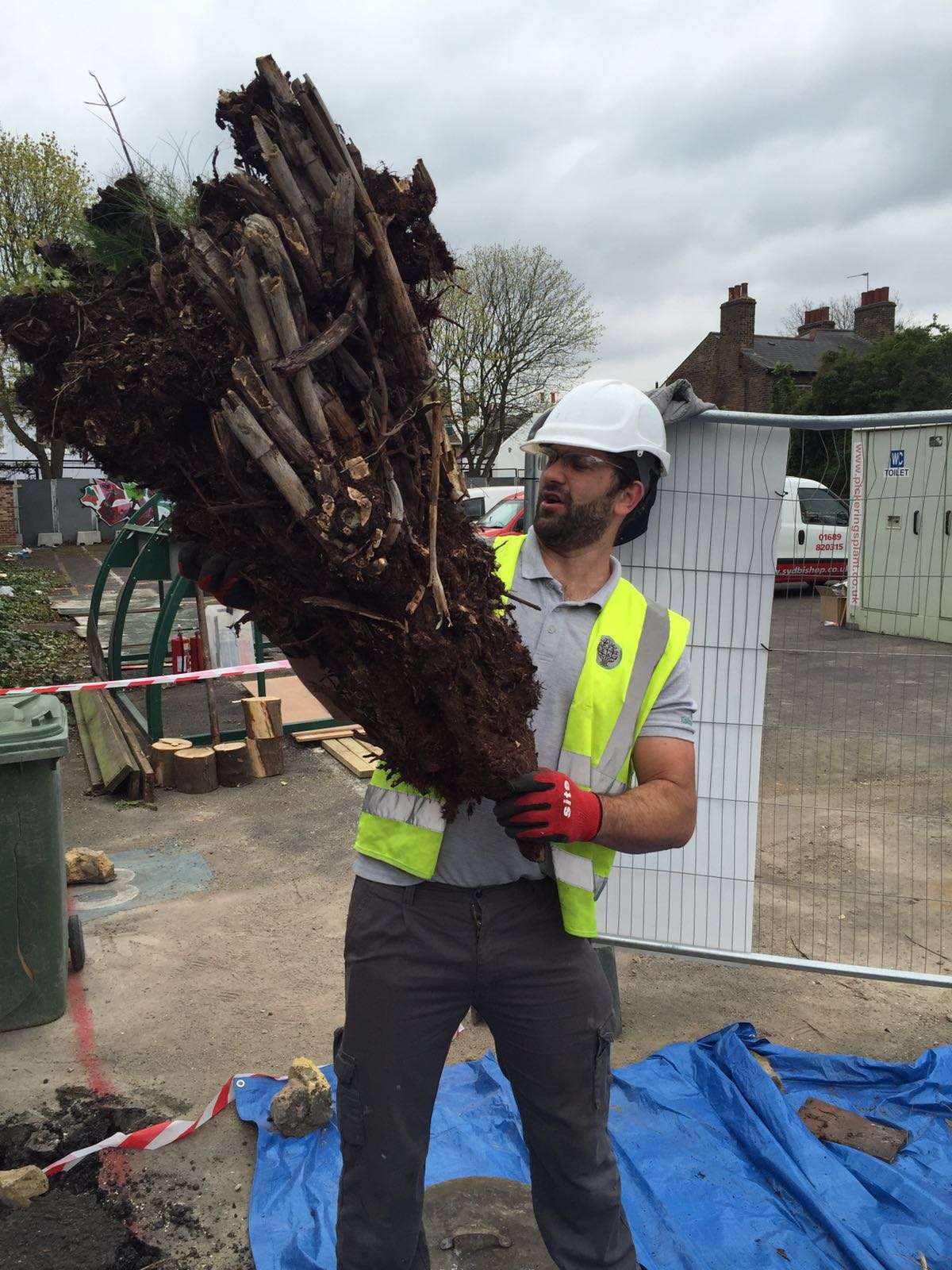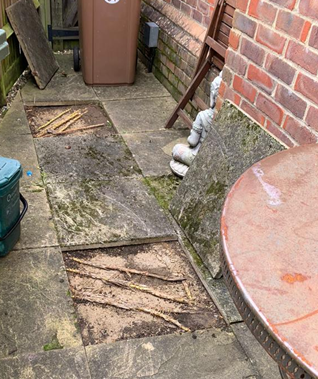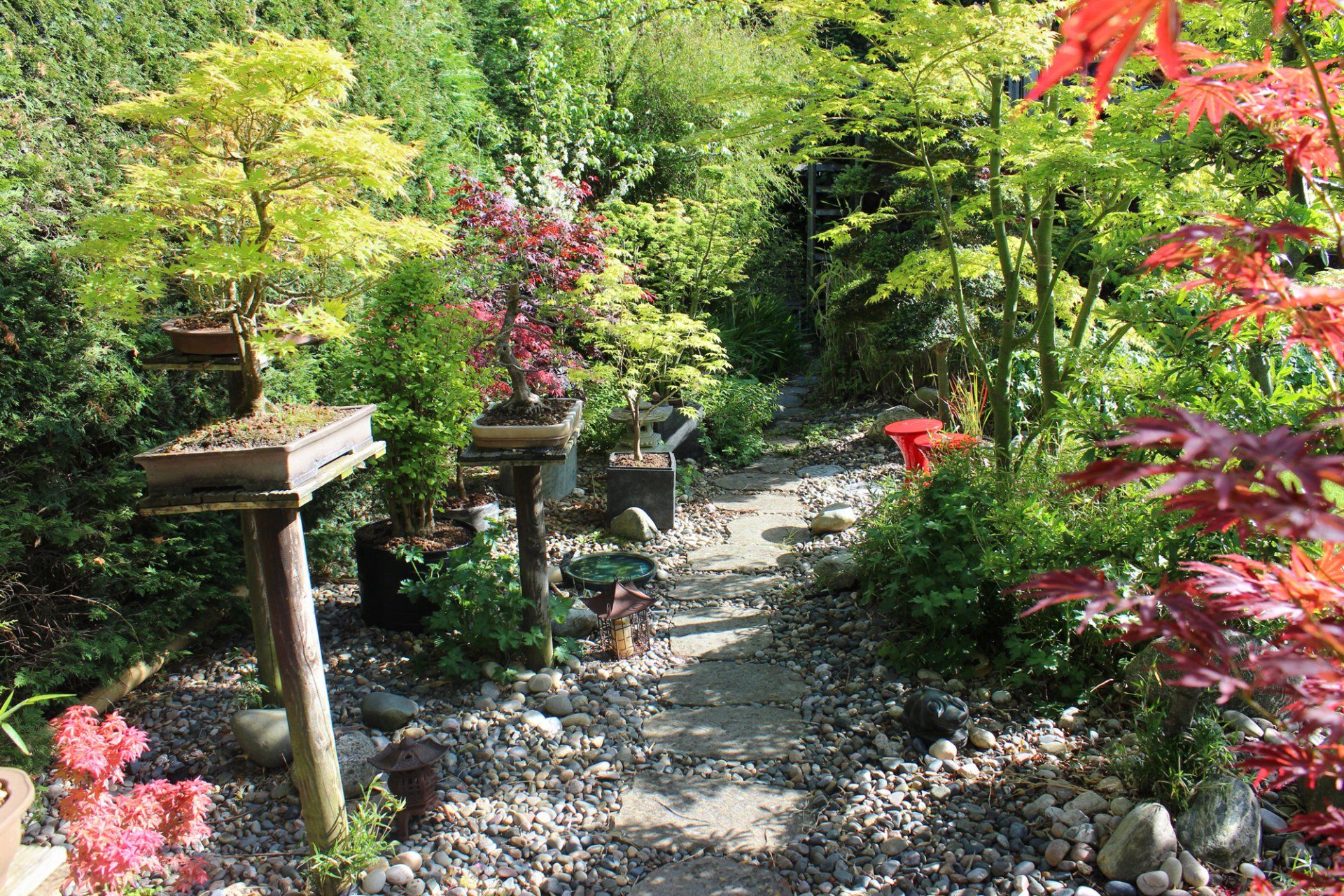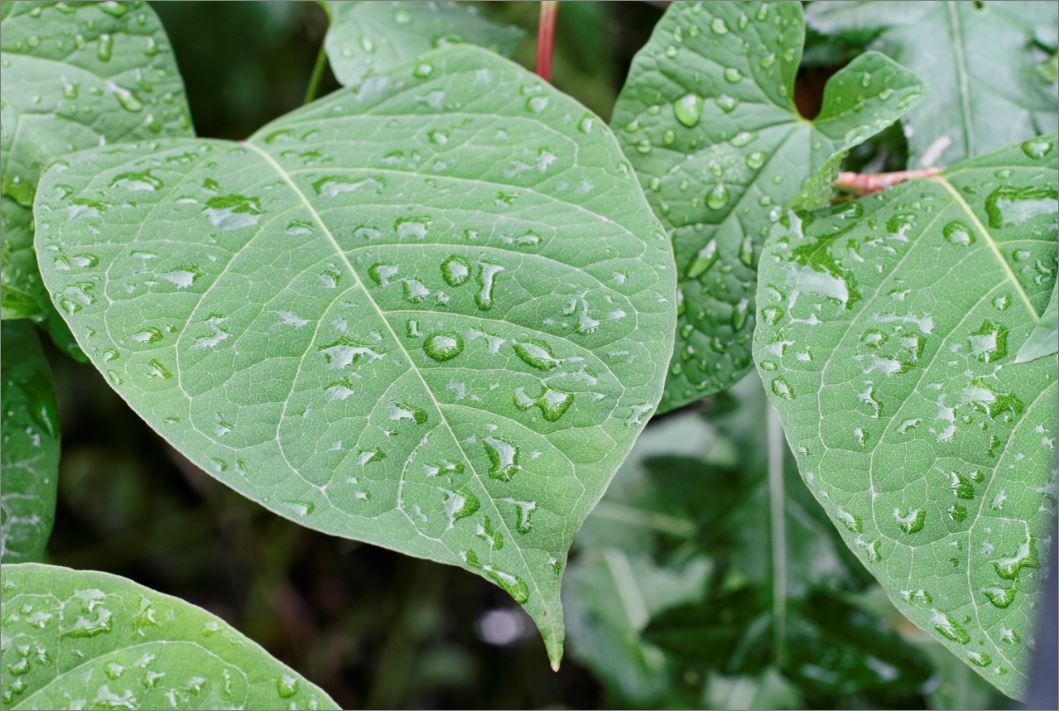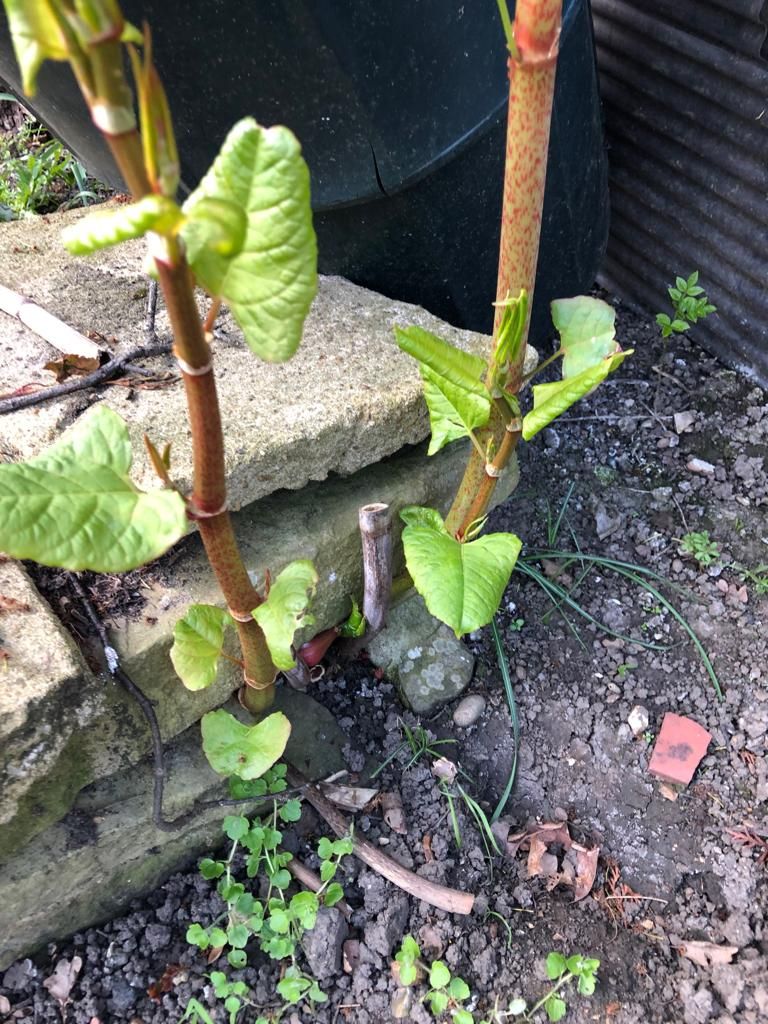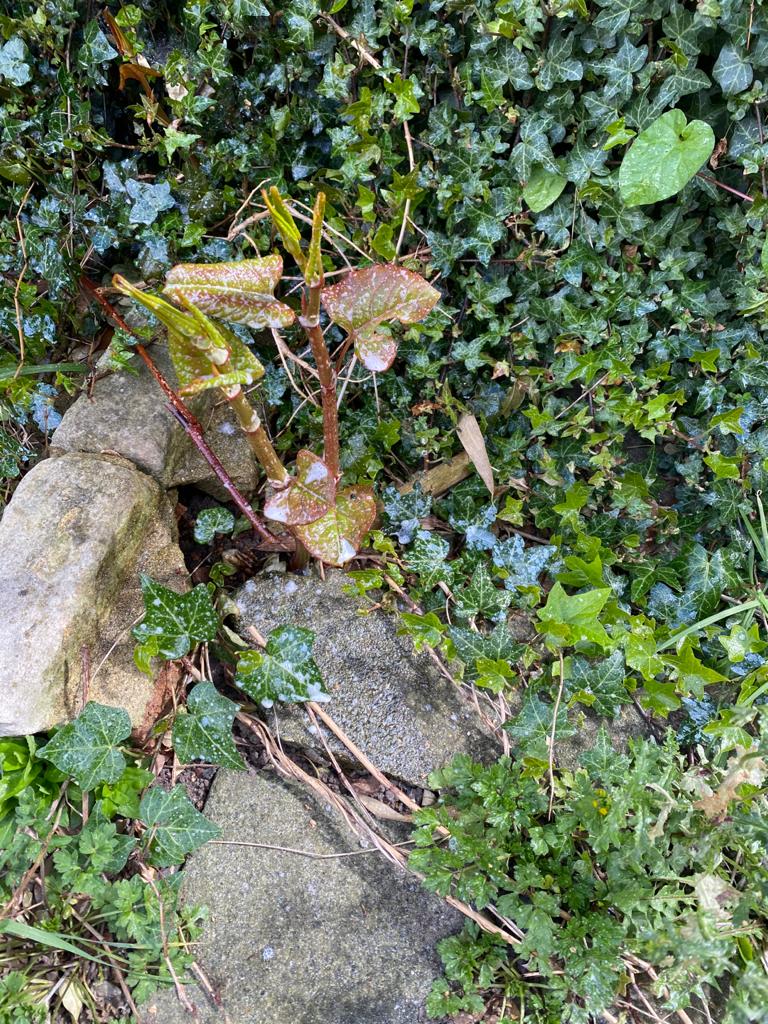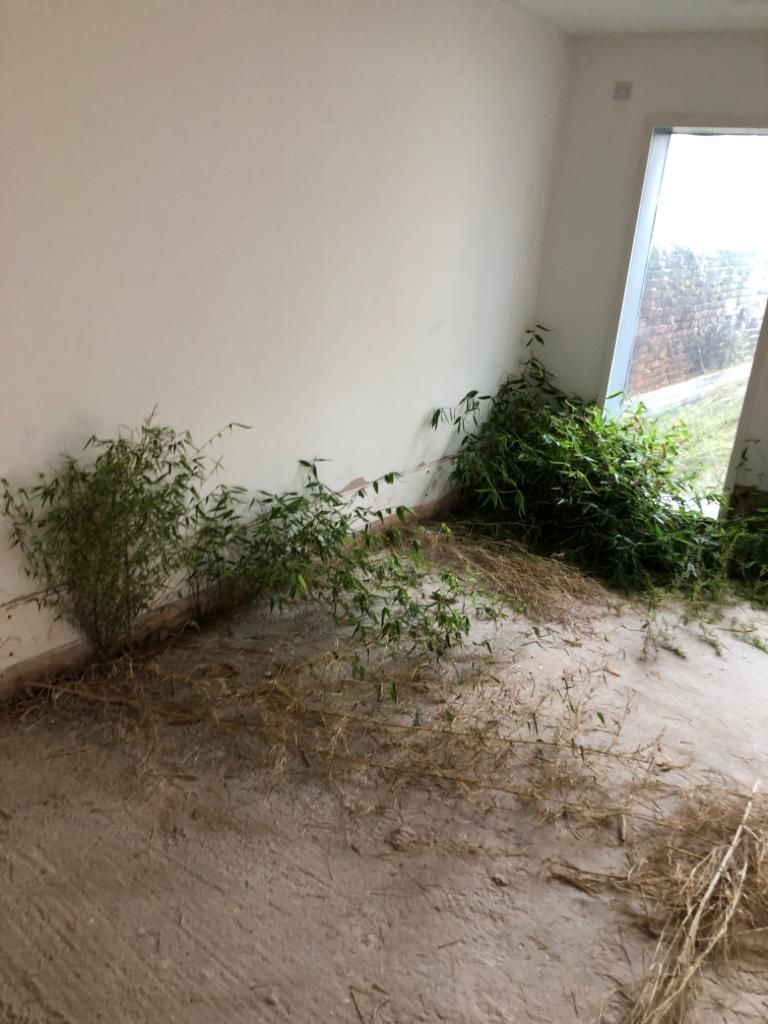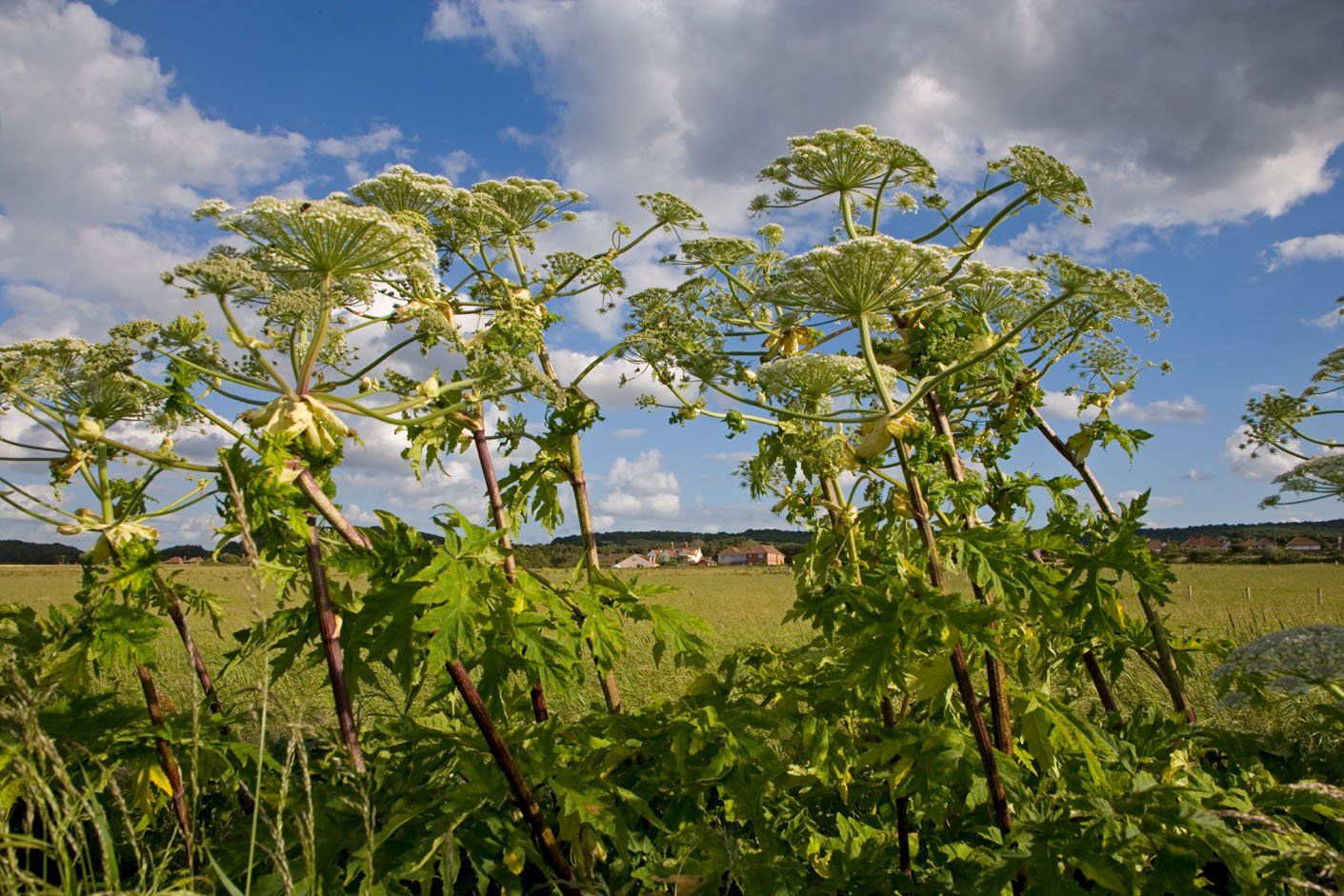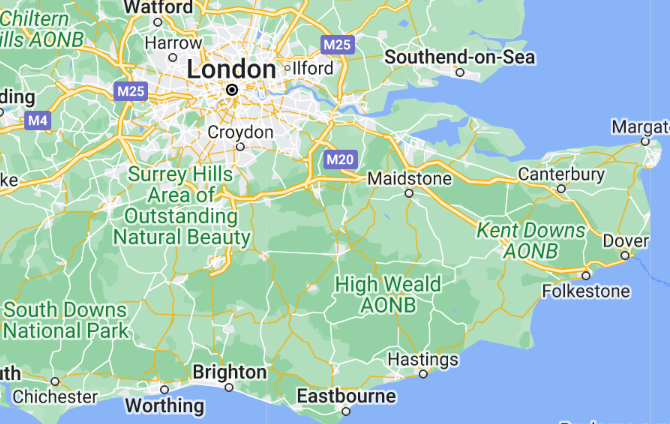The Dangers of Invasive Plants: Why They Must Be Removed
Invasive plants are a major problem all around the world. If left untreated, they can cause irreparable damage to ecosystems, buildings, and even human health. This is why it's so important to tackle invasive plants, especially here in the South East where many different species thrive.
Read on to discover some of the main dangers posed by invasive plants and why it’s therefore so essential that they are removed swiftly and effectively.
Biodiversity
Invasive plants can have a devastating impact on biodiversity, as they often outcompete native species and alter the ecosystem's balance. This can lead to the decline or extinction of native species, reducing the overall diversity of the area. For example, the invasion of purple loosestrife in wetland areas has had a significant impact on native plant communities and the wildlife that depend on them.
Ecosystem functions
Invasive plants can change the way ecosystems function, from altering the soil chemistry to disrupting the flow of water. This can lead to changes in the water table, soil erosion, and decreased water quality. For example, some invasive plants, such as kudzu, have the ability to grow quickly and cover large areas, altering the landscape and changing the local hydrology.
Agriculture
Invasive plants can be particularly harmful to agriculture, as they can damage crops, reduce yields, and lower the quality of produce. For example, the spread of Palmer amaranth in the United States has had a significant impact on soybean and cotton crops, reducing yields and increasing the cost of production.
Infrastructure
Invasive plants can also cause damage to infrastructure, such as buildings, roads, bridges, and other forms of infrastructure. Some invasive species, such as Japanese knotweed, can grow so aggressively that they can cause damage to concrete and asphalt, resulting in costly repairs.
Wildlife habitat
Invasive plants can also have a significant impact on wildlife habitat, reducing the availability of food and shelter for native species. For example, invasions of garlic mustard have had a significant impact on the decline of the forest understory and the species that depend on it.
Human health
Some invasive plants can be harmful to humans, causing skin irritation or even poisoning. For example, giant hogweed and poison ivy are known to cause skin irritation and blistering, while water hemlock is highly toxic and can be fatal if ingested.
In conclusion, the dangers of invasive plants cannot be overstated. They can cause significant damage to the environment, wildlife, and even our own health. It’s essential to act now and remove these species to protect the environment and preserve it for future generations. If you suspect that your property in the South East of England is affected by an invasive species,
contact Gaia Environmental straight away. We have the expertise and equipment needed to effectively remove invasive species.


